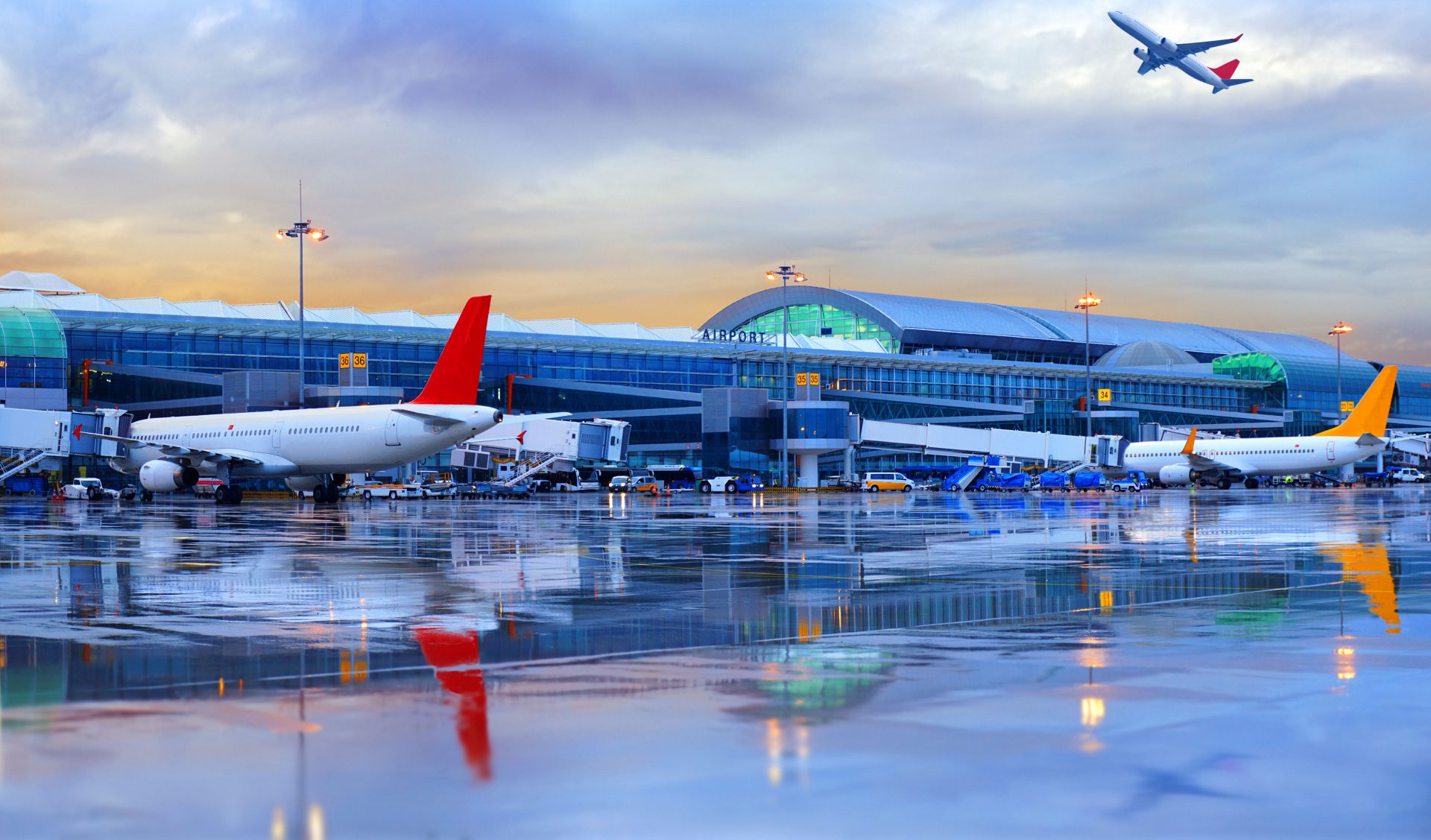The first airports were built in the early 20th century, as airplanes began to become more popular. These early airports were simple facilities, with just a few runways and a small terminal building. As air travel grew, so did airports. By the mid-20th century, major airports had become complex hubs, with multiple runways, large terminal buildings, and a wide variety of amenities for passengers.
Today, airports are an essential part of the global transportation network. They connect people from all over the world, and they play a vital role in the economies of many countries.
The Components of an Airport
An airport is a complex facility with many different components. The most important components include:
- Runways: Runways are the areas where airplanes take off and land. They are typically made of concrete or asphalt, and they are long and wide enough to accommodate even the largest airplanes.
- Terminals: Terminals are the buildings where passengers check in for their flights, go through security, and wait to board their planes. Terminals can be very large, with multiple levels and concourses.
- Apron: The apron is the area around the terminal where airplanes park and refuel. It is also where passengers can board and disembark from airplanes.
- Air Traffic Control Tower: The air traffic control tower is the nerve center of the airport. It is where air traffic controllers direct the movement of airplanes on the ground and in the air.
- Other facilities: In addition to these essential components, airports also have a variety of other facilities, such as restaurants, shops, and baggage claim areas.
The different types of airports
There are many different types of airports, each with its own unique purpose. Some of the most common types of airports include:
- Commercial airports: Commercial airports are the largest and busiest type of airport. They handle passenger traffic from airlines.
- General aviation airports: General aviation airports are smaller than commercial airports. They handle traffic from private planes, charter planes, and corporate jets.
- Military airports: Military airports are used by the military for training and operations. They may be open to civilian traffic in some cases.
- Recreational airports: Recreational airports are used for small planes and gliders. They may have a few runways and a small terminal building.
The different stages of airport operations
The operations of an airport can be divided into three main stages:
- Pre-flight: The pre-flight stage is the time before a flight departs. During this stage, passengers check in for their flights, go through security, and wait to board their planes.
- In-flight: The in-flight stage is the time when a flight is in the air. During this stage, passengers relax, eat, and sleep.
- Post-flight: The post-flight stage is the time after a flight arrives. During this stage, passengers disembark from their planes, collect their luggage, and leave the airport.
The different types of airport jobs
There are many different types of jobs available at airports. Some of the most common jobs include:
- Air traffic controllers: Air traffic controllers direct the movement of airplanes on the ground and in the air.
- Flight attendants: Flight attendants provide service to passengers on airplanes.
- Pilots: Pilots fly airplanes.
- Ground crew: Ground crew members work on the ground to help with the loading and unloading of airplanes, as well as other tasks.
- Security personnel: Security personnel work to protect passengers and airplanes from threats.
The future of airports
The future of airports is evolving rapidly. As air travel continues to grow, airports will need to adapt to meet the needs of passengers and airlines. Some of the trends that are expected to shape the future of airports include:
- Increased use of technology: Airports will use more technology to improve efficiency and security. For example, they may use facial recognition technology to identify passengers and self-service check-in kiosks to reduce wait times.
- More focus on passenger experience: Airports will focus on improving the passenger experience. This may include providing more comfortable seating, better food options, and more amenities.
- Increased focus on sustainability: Airports will focus on reducing their environmental impact. This may include using more renewable energy, improving energy efficiency, and reducing waste.

